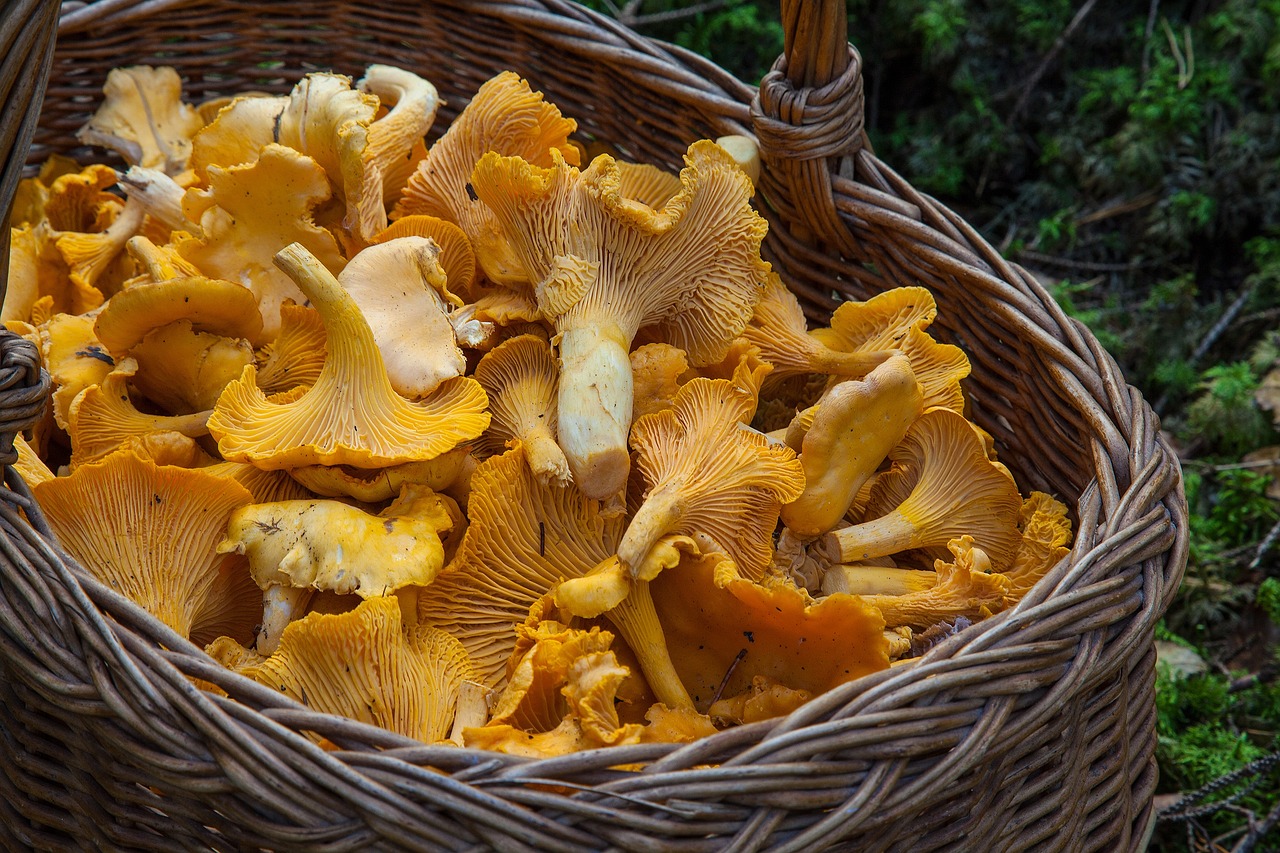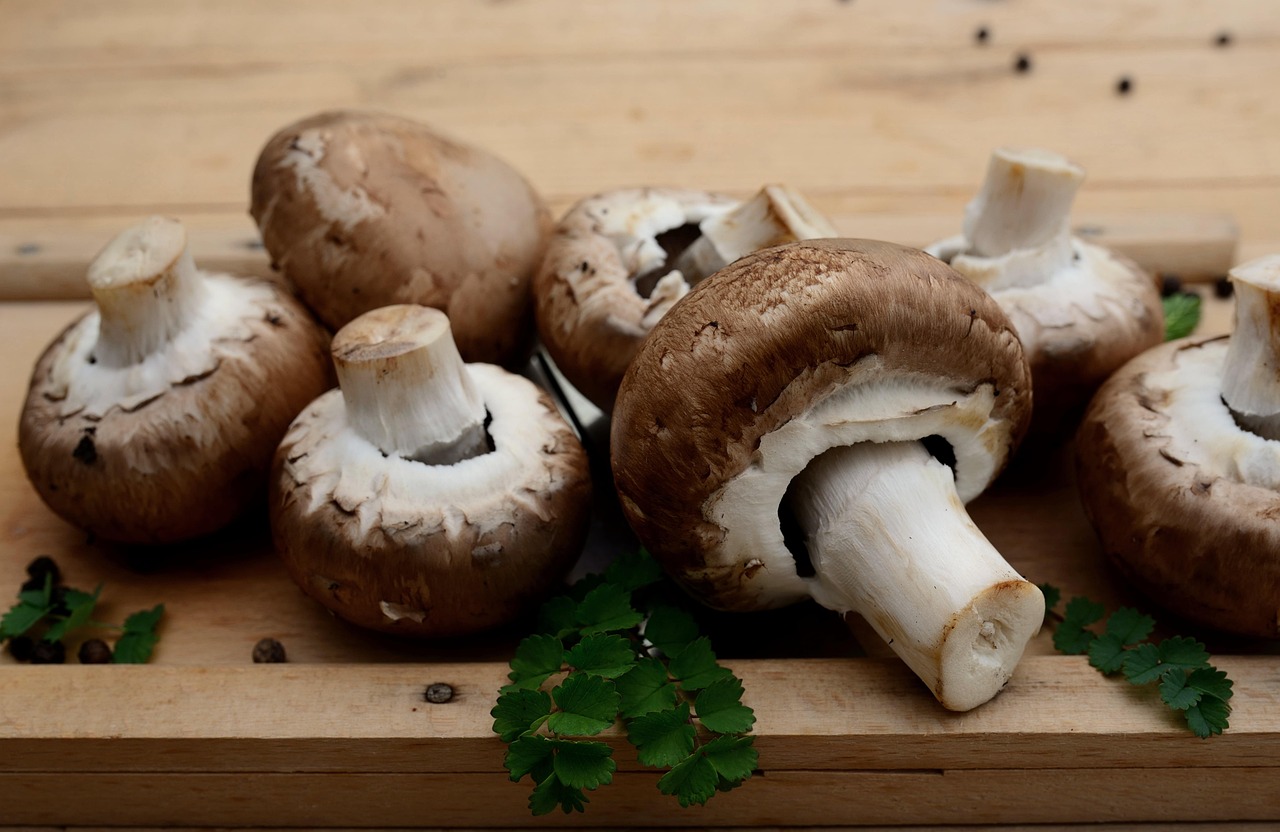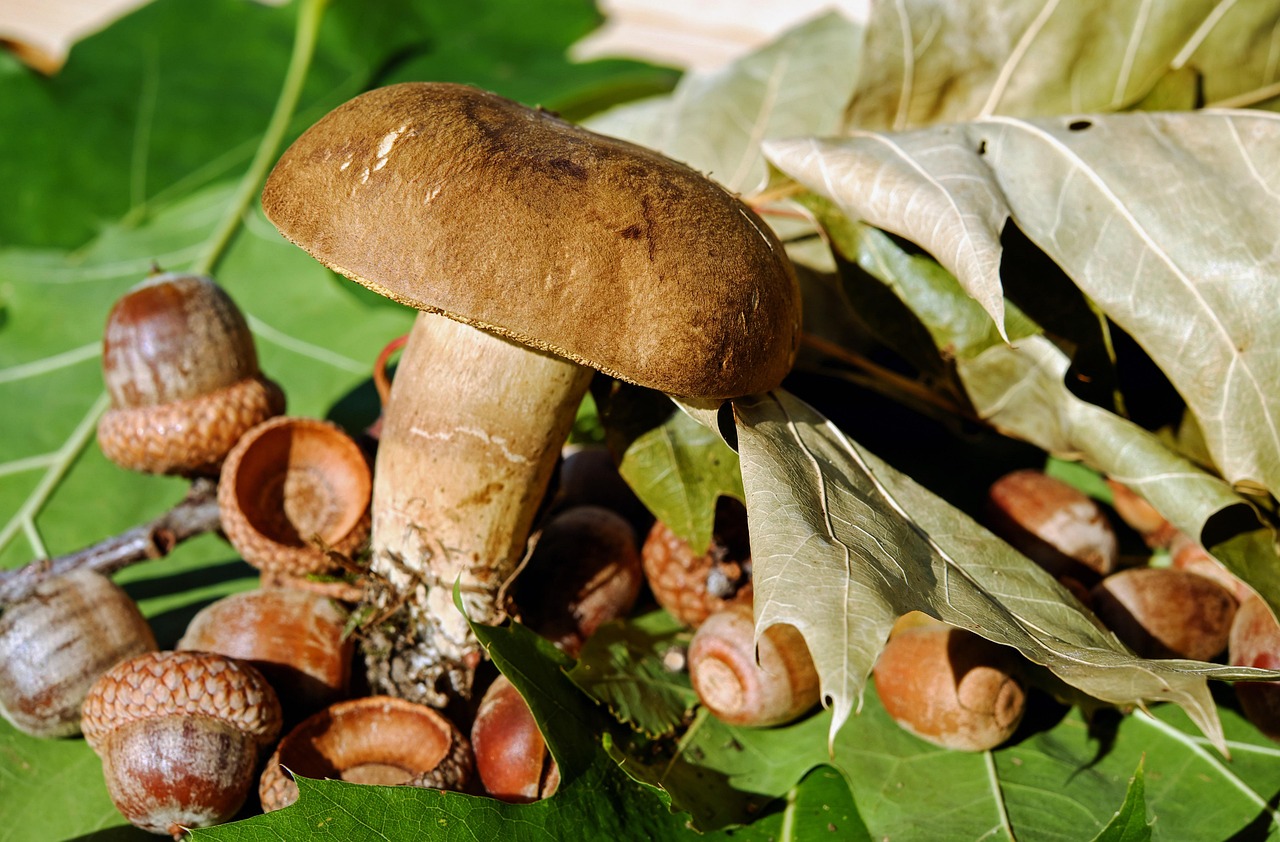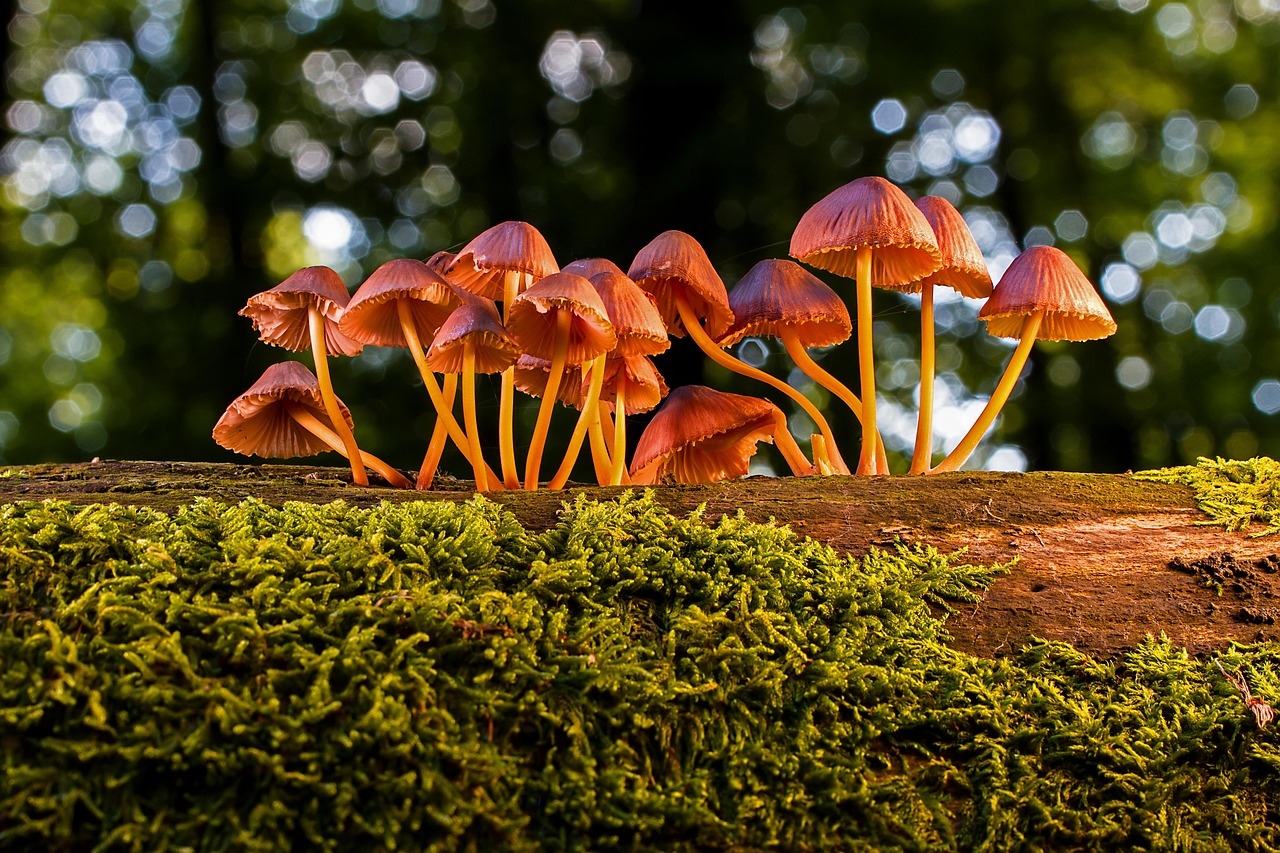Brown mushrooms are a culinary delight found in kitchens around the world. Their rich flavor and versatile nature make them a popular choice for many dishes. However, not all brown mushrooms are safe to eat. Some can be toxic, leading to serious health risks. Understanding the differences between edible and poisonous varieties is essential for mushroom enthusiasts and casual foragers alike.
This article aims to delve into the fascinating world of brown mushrooms. We will explore their characteristics, the common types you may encounter, and how to differentiate the safe from the harmful. With proper knowledge, you can enjoy the culinary benefits of brown mushrooms without the fear of poisoning.

Brown mushrooms belong to various species within the fungi kingdom. Their color can range from light tan to dark brown, which often leads to confusion among mushroom consumers. To aid in identifying safe varieties, we will highlight key features of well-known edible brown mushrooms as well as their toxic counterparts.
Common Types of Brown Mushrooms
There are several types of brown mushrooms, each with unique flavors and uses. Below are some popular edible brown mushrooms:
- Cremini: Also known as baby bella, cremini mushrooms are small and have a firm texture. They offer a rich, earthy flavor that enhances many dishes.
- Portobello: These are mature cremini mushrooms known for their large size and meaty texture. They are often used as a meat substitute in vegetarian dishes.
- Shiitake: Popular in Asian cuisine, shiitake mushrooms have a rich flavor and are often used in stir-fries and soups.
While these mushrooms are delicious and safe to eat, several brown mushrooms are toxic. It is crucial to be informed about these hazardous varieties to avoid any health issues. Below is a table showcasing some common toxic brown mushrooms:
| Mushroom Name | Toxicity Level | Symptoms of Poisoning |
|---|---|---|
| Amanita muscaria | Moderate to High | Nausea, vomiting, hallucinations |
| Amanita phalloides | High | Liver failure, abdominal pain |
| Galerina marginata | High | Nausea, vomiting, liver damage |
The symptoms of poisoning can vary significantly based on the specific type of mushroom consumed. Some may cause immediate reactions, while others may take several hours or even days to manifest. It is essential to seek medical attention if you suspect mushroom poisoning.
When foraging for brown mushrooms, ensure you have a reliable guidebook or consult an expert before consuming any wild mushrooms. Identification can be tricky, as many edible varieties have toxic look-alikes. Pay attention to details such as color, size, gills, and habitat.
In addition to identifying edible varieties, it is important to know how to prepare them safely. Cooking most mushrooms thoroughly can eliminate some potential toxins and enhance their flavors. Always wash your mushrooms to remove any dirt or contaminants before cooking them.
In summary, brown mushrooms can be both a delicious addition to your meals and potentially harmful if misidentified. With careful attention and knowledge, you can enjoy these flavorful fungi while avoiding the dangers associated with toxic species.
Nutritional Benefits of Brown Mushrooms
In addition to their culinary appeal, brown mushrooms offer numerous health benefits. They are low in calories and high in essential nutrients, making them a great addition to a balanced diet. Here are some key nutritional components found in brown mushrooms:
- Vitamins: Brown mushrooms are a good source of several vitamins, particularly vitamin D when exposed to sunlight. They also contain B vitamins like riboflavin, niacin, and pantothenic acid, which support energy metabolism.
- Minerals: These mushrooms provide important minerals such as selenium, potassium, and copper. Selenium is known for its antioxidant properties, while potassium helps regulate blood pressure.
- Antioxidants: Brown mushrooms contain antioxidants that combat oxidative stress in the body. This can help reduce inflammation and lower the risk of chronic diseases.
- Fiber: They are a source of dietary fiber, which promotes digestive health and can aid in weight management by helping you feel fuller longer.
Culinary Uses of Brown Mushrooms

Brown mushrooms are versatile and can be used in a variety of dishes. Their robust flavor pairs well with many ingredients, making them a favorite among chefs and home cooks alike. Here are some popular culinary applications:
- Soups and Stews: Brown mushrooms add depth to soups and stews. Their meaty texture holds up well during cooking.
- Stir-Fries: Quick-cooking methods like stir-frying allow the mushrooms to retain their flavor and nutrients while absorbing the tastes of other ingredients.
- Pasta Dishes: Sautéed brown mushrooms can enhance pasta dishes, providing a hearty element that complements sauces.
- Grilled or Roasted: Grilling or roasting brown mushrooms caramelizes their sugars, intensifying their flavor and making them an excellent side dish or topping.
Popular Recipes Featuring Brown Mushrooms
To inspire your cooking, here are some delicious recipes that highlight the use of brown mushrooms:
- Stuffed Portobello Mushrooms: Large portobello caps are filled with a mixture of cheese, herbs, and breadcrumbs before baking.
- Creamy Mushroom Risotto: Arborio rice is cooked slowly with broth and mixed with sautéed brown mushrooms for a rich and creamy dish.
- Mushroom Stroganoff: This vegetarian take on a classic dish uses brown mushrooms instead of beef, served over noodles with a creamy sauce.
Identifying Safe Brown Mushrooms

Identifying edible brown mushrooms requires careful observation of their characteristics. Here are some tips to help you distinguish safe varieties from toxic ones:
- Cap Shape: Examine the shape of the mushroom cap. Edible varieties often have smooth or slightly wavy edges, while toxic types may have irregular shapes.
- Gills: The color and spacing of the gills can be indicative. For example, edible cremini mushrooms have light tan gills, while some toxic varieties can have dark gills.
- Stipe (Stem): The stem should be firm and sturdy in edible varieties. Toxic species may have a weak or hollow stem.
- Smell: Many edible mushrooms have a pleasant, earthy aroma. A foul or chemical smell can indicate toxicity.
Always take your time when identifying mushrooms in the wild. If in doubt, consult an expert or opt for commercially available varieties that are guaranteed to be safe for consumption.

Cultural Significance of Brown Mushrooms
Brown mushrooms have played an essential role in various cultures throughout history. Their culinary versatility and nutritional value have made them a staple ingredient in many traditional dishes around the world. Understanding their cultural significance can deepen your appreciation for these fungi.
Historical Use
In ancient times, mushrooms were often associated with mysticism and healing. Many cultures believed that certain types of mushrooms had spiritual properties. For instance, in some regions of Asia, mushrooms were considered symbols of longevity and were used in traditional medicine.
In Europe, during the Renaissance, mushrooms were often featured in gourmet cuisine. The French, in particular, elevated mushrooms to a culinary art, incorporating them into sauces and dishes that are still popular today. The emphasis on mushrooms in haute cuisine has persisted into modern times.
Brown Mushrooms in Global Cuisine
Brown mushrooms are celebrated in various culinary traditions. Here are some notable examples:
- Asian Cuisine: Shiitake mushrooms are a cornerstone in many Asian dishes, adding depth to broths and stir-fries. They are also dried and used for their intense flavor.
- Italian Cuisine: Cremini and portobello mushrooms are commonly used in risottos, pasta sauces, and pizza toppings, enhancing the umami profile of these dishes.
- Mexican Cuisine: Brown mushrooms can be found in quesadillas or as a filling for tacos, bringing a hearty texture that complements other ingredients.
Foraging for Brown Mushrooms
Foraging for brown mushrooms can be a rewarding experience for those who enjoy nature and culinary adventures. However, it requires knowledge and caution. Here are some important considerations for safe foraging:
Best Practices for Foraging
When searching for brown mushrooms, follow these guidelines to ensure safety and sustainability:
- Research Local Regulations: Before you start foraging, familiarize yourself with local laws regarding wild mushroom collection. Some areas may prohibit foraging to protect native species.
- Choose the Right Time: The best time to forage for mushrooms is typically during the fall and spring months when conditions are moist and favorable for growth.
- Use a Guidebook: Carry a reliable field guide that includes detailed descriptions and photographs of local edible mushrooms. This will help you accurately identify species.
- Join a Foraging Group: Consider joining a local foraging group or community. Learning from experienced foragers can provide invaluable knowledge and confidence.
Sustainable Foraging Practices
Sustainable foraging ensures that you can enjoy mushroom hunting without harming the environment. Here are some practices to consider:
- Leave Some Behind: Always leave enough mushrooms in their habitat to allow for regeneration. This helps maintain the ecosystem.
- Avoid Overharvesting: Stick to established trails and avoid trampling on delicate flora. Harvest only what you need.
- Be Mindful of Wildlife: Respect local wildlife when foraging. Avoid disturbing animals and their habitats.
The Future of Brown Mushrooms
The popularity of brown mushrooms continues to grow as more people recognize their health benefits and culinary potential. Emerging trends include the use of brown mushrooms in plant-based diets as a meat substitute due to their umami flavor and texture.
Additionally, research into the health benefits of mushrooms has gained momentum. Studies indicate that compounds found in mushrooms may help boost the immune system, improve gut health, and even have anti-cancer properties. As interest in sustainable and healthy eating rises, brown mushrooms are likely to remain a prominent feature in both home cooking and fine dining.
With their rich history, diverse culinary applications, and growing recognition for health benefits, brown mushrooms are set to play an essential role in our diets for years to come.
Health Risks Associated with Brown Mushrooms
While brown mushrooms offer numerous health benefits, it is essential to be aware of potential health risks associated with their consumption. Certain individuals may experience allergic reactions or digestive issues after eating mushrooms. Here are some considerations to keep in mind:
- Allergies: Some people may be allergic to specific types of mushrooms, including brown varieties. Symptoms can range from mild gastrointestinal discomfort to severe allergic reactions.
- Digestive Issues: Mushrooms are high in fiber, which can cause digestive upset in some individuals, especially if consumed in large quantities. It is advisable to introduce them gradually into your diet.
- Contamination: Wild mushrooms can absorb toxins from their environment. It is crucial to forage in clean areas and avoid mushrooms that grow near polluted sites.
Myths and Facts About Brown Mushrooms
Several myths surround brown mushrooms, contributing to confusion and misinformation. Here are some common myths debunked:
- Myth: All brown mushrooms are edible. Fact: This is false; many brown mushrooms are toxic, and identification is crucial.
- Myth: Cooking mushrooms eliminates all toxins. Fact: While cooking can deactivate some toxins, it does not neutralize all harmful compounds found in certain species.
- Myth: Mushrooms absorb all toxins from the soil. Fact: Although mushrooms can absorb some contaminants, they do not absorb everything, and not all mushrooms are equally affected.
The Economic Impact of the Mushroom Industry
The mushroom industry has seen significant growth over the past few decades. Brown mushrooms, in particular, have contributed to this expansion due to their popularity and versatility. The economic impact includes:
- Job Creation: The rise of mushroom farming has created jobs in agriculture, processing, distribution, and retail.
- Sustainable Practices: Many mushroom farms emphasize sustainable practices, such as using agricultural waste as substrate for growing mushrooms, thus reducing environmental impact.
- Export Opportunities: Countries known for mushroom production have established export markets, providing a source of income and promoting local economies.
Conclusion
Brown mushrooms hold a unique place in both culinary applications and health discussions. Their rich flavors, nutritional benefits, and cultural significance make them a valuable addition to any diet. However, awareness of the potential risks associated with wild mushrooms is crucial for safe consumption.
As interest in plant-based diets grows, brown mushrooms will likely continue to gain prominence as a versatile ingredient that appeals to a wide range of dietary preferences. By understanding how to identify edible varieties, practicing sustainable foraging, and recognizing the health benefits they offer, individuals can enjoy the many advantages that brown mushrooms provide.
The future of brown mushrooms looks promising as research expands into their health properties and as culinary innovations emerge. With careful consideration and knowledge, you can safely explore the delicious world of brown mushrooms in your meals.
